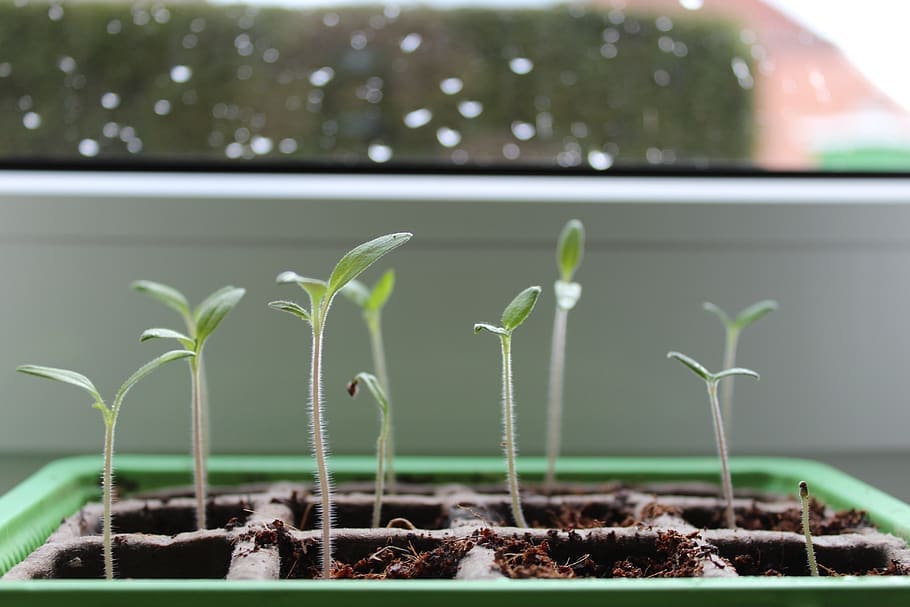
It is that time of year when people start thinking about getting their gardens in order. With warmer weather, people tend to sit outside more, and they want their surroundings to look good. It is also nice having a lovely patio if you are entertaining so that you have somewhere to sit with your guests outside and even to have food and drinks. In this article, we will help you provide tips on how to clone your plants to start a garden.
Why Should You Use Cloning Machine?
Getting a garden ready on short notice can seem complicated, but with the right techniques, you can choose cloning machine for your garden, and that should help you to set up your garden very quickly.
When you start from a clone, you know the genetics of your plants. Meaning the clone came from a mother plant, and the reason it was taken from the mother plant is that the mother plant showed signs of fast growth and good crop development.
So you know with 100 hundred percent absolute certainty that the clone taken from the mother plant will have those same genetics. That’s because it is merely a copy of the mother plant. That’s what a clone is.
So clones are identical to the mothers in every way. And will display the same characteristics as the plant they were initially taken from. That’s the great thing about clothes. You know precisely what they are before they pop out of their seed.
How To Clone Your Plants (The Easy Way)
Cloning a living organism might seem like something straight of a sci-fi movie, but humans have been doing it for hundreds of years. We still haven’t mustered up the technology necessary to produce a park of dinosaurs, but we can clone most common plants with little effort. There are several different ways to clone your plant, but we’re going to reveal the easiest and arguably most effective method.
Benefits of Cloning a Plant:
- Faster than waiting for a seed to sprout.
- Ensures your cloned plant is the same gender as the original (no ‘hoping’ for a specific gender).
- No need to purchase seeds or plants from your plant nursery.
- Incredibly easy to perform.
- Reduces the chance of disease or illness (assuming the original plant is healthy).
Step 1: Identify a Healthy Portion of Your Plant
The first step is to identify the portion of your plant that you wish to start cloning. Whether you intend to close a fruit, vegetable, flower, or any other type of plant, you should choose a portion that’s vibrant and healthy. Avoid stems and shoots that are wilting or discolored, as this may be a sign of illness.
The exact size of your cutting will vary depending on the particular type of plant, but 4-7 inches is a range that works well for most. Just inspect this portion of your plant before cutting to make sure it’s healthy and free of disease or pests.
Step 2: Make The Cut
Once you’ve identified a healthy 4-7 inch portion of your plant, it’s time to cut. Grab a pair of pruners or scissors, pour a small amount of rubbing alcohol over the blades to kill any germs, and make a clean cut at a 45-degree angle.
Step 3: Cleaning Up Your Clone
Before transplanting the freshly cut portion of your plant into a new container, you should clean up some of the leaves and shoots. The best approach is to remove any leaves, shoots and stems from the bottom half of the cutting while leaving those on the top half.
Step 4: Transplant Your Clone
The fourth and final step is to place the fresh plant cutting into a small soil-filled container. Assuming your cutting is 5 inches long, you should bury is about 2 inches into the soil. Also, add enough water so the soil feels damp to the touch but not overflowing.
Congratulations, you’ve just cloned a plant! Now care for it like you usually would any other plant, and it should continue to grow.
Clones vs Seeds – Which Is Better?
On the other side of the discussion, we have seeds. Unlike clones, gardeners are unaware of their plant’s gender when using a seed. You might have a streak of good luck and come out with a beautifully budding female plant, or your plant might turn out to be a male. This is a risk some gardeners take when growing plants from seeds.
Of course, the benefit of using seeds is the more substantial growth and yield. When it comes time to harvest your plant, you can take advantage of more buds, shoots, and leaves. Plants grown from seeds naturally turn out larger than those from clones.
Going back to the discussion on gender, gardeners can use feminized seeds to ensure female plants. These seeds are engineered, so they only grow into female specimens and not males. Planting feminized seeds in your garden is a surefire way to grow female plants.

2 Trackbacks / Pingbacks